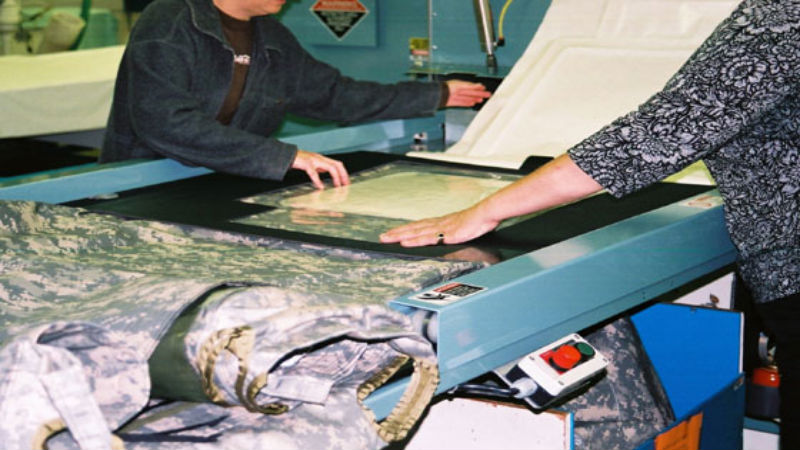Creating solid, dependable and reliable seals and joins in different materials can be a challenge. When working with different types of thermoplastics, coated materials, and vinyl products, there are different methods that can be used to create a seal.
One of the most effective and durable options to create these seams and seals is RF welding. The RF stands for Radio Frequency as it uses electromagnetic energy to create the weld and then subsequently the bond. It is sometimes also referred to as dielectric welding or dielectric sealing.
It is important to realize that this is not the same as heat sealing. Heal sealing uses direct heat to melt to polymer or thermoplastic and then uses pressure to force the two semi-liquid sides together.
The Basics
Unlike heat sealing methods, RF welding uses electromagnetic energy to rearrange the molecules in the polymer material. This process starts by positioning or placing the material, which is often done by automated systems. The thermoplastic polymer is the exposed to two metal bars which create an alternating electric field.
When this occurs, the electromagnetic energy is at a very high frequency of 13MHz to up to 100 MHz. The amount or electromagnetic energy is dependent on the specific type of material.
As this electromagnetic field is generated along the specific seam or join, the molecules in the material oscillate and reposition themselves, which generates heat the creates a specific area of melted material.
The welding bars then clamp down on that area to create a weld. The cooling process is very fast, resulting in a seam that is a true fusion of both materials. This means that the seam is consistent, free from bubbles or voids and is as strong or even stronger than either of the thermoplastics used.
Not all materials can be joined using RF welding. The materials have to have a specific molecular configuration known as a polar configuration. Good examples include EVA, PET, PEG and most film types of materials.



